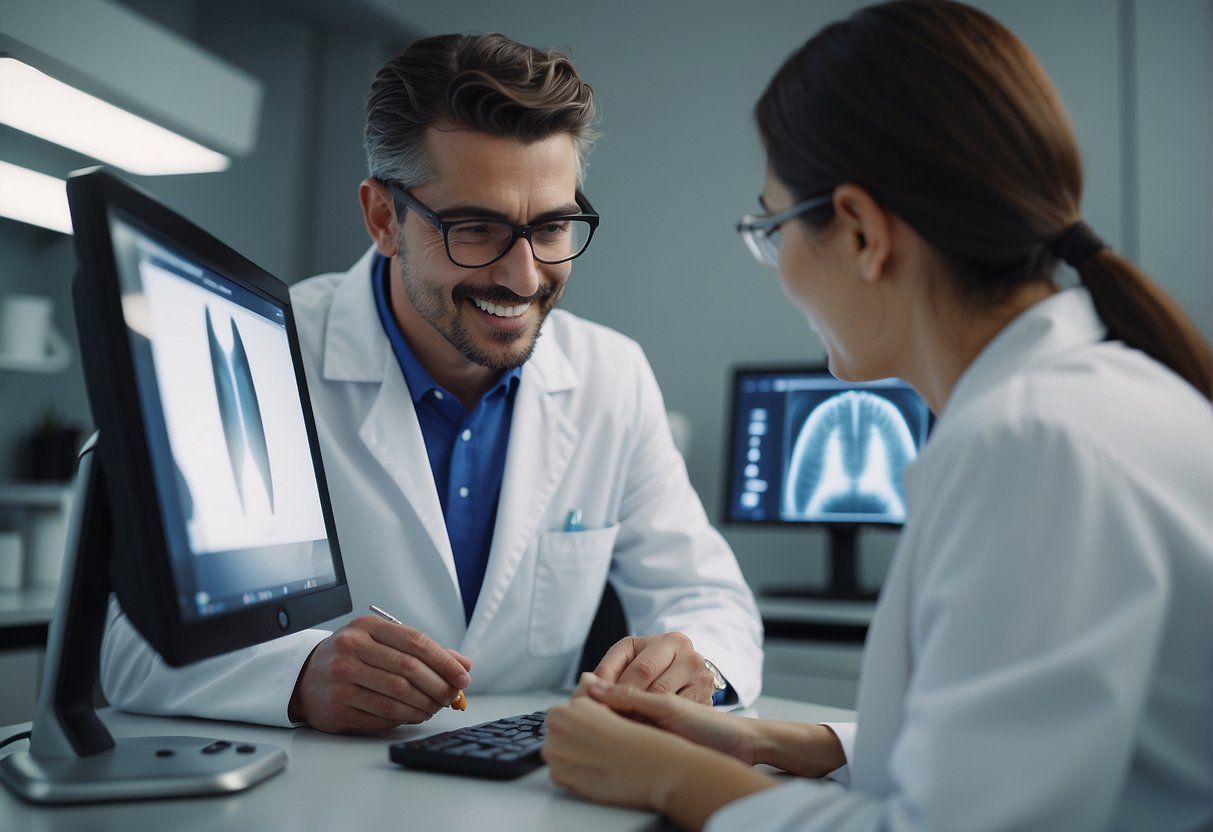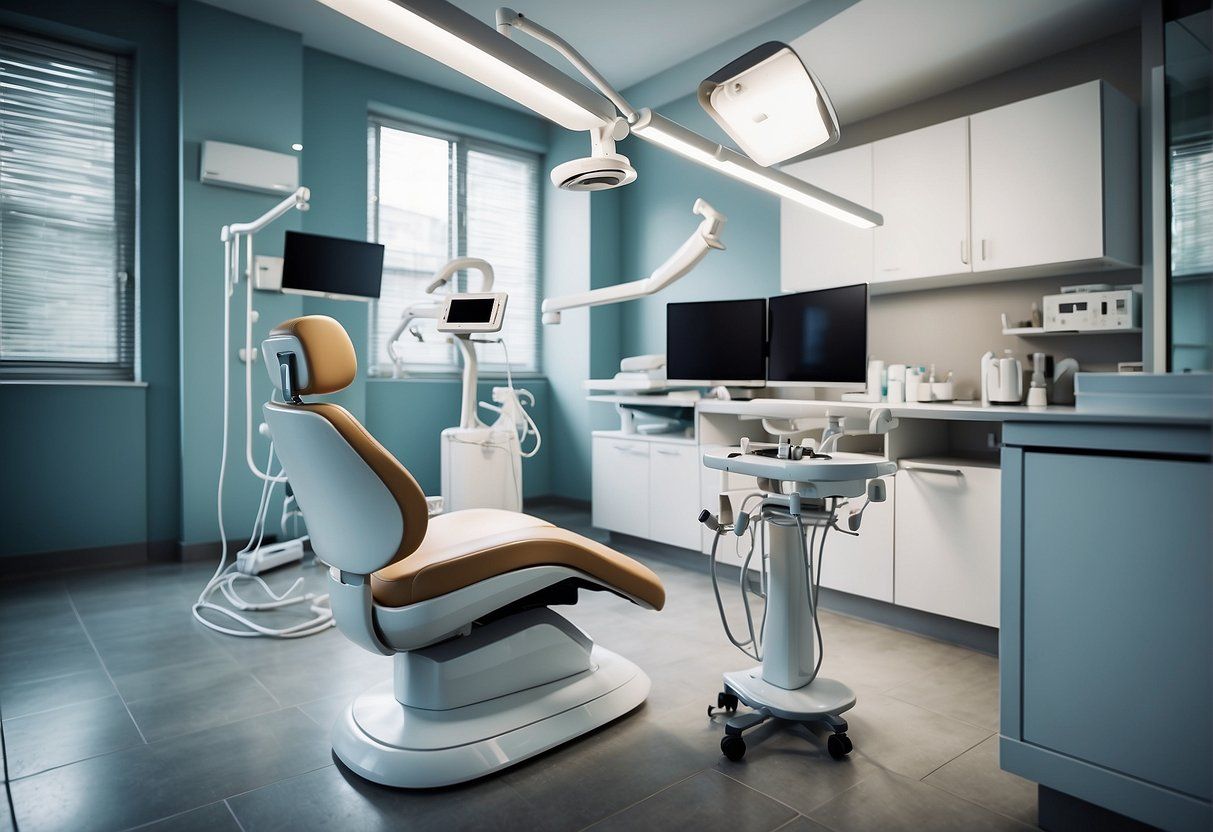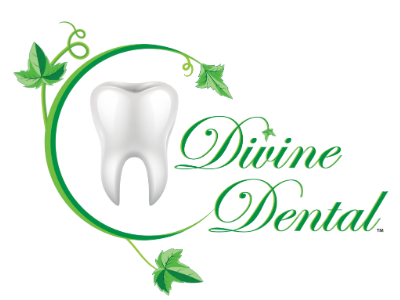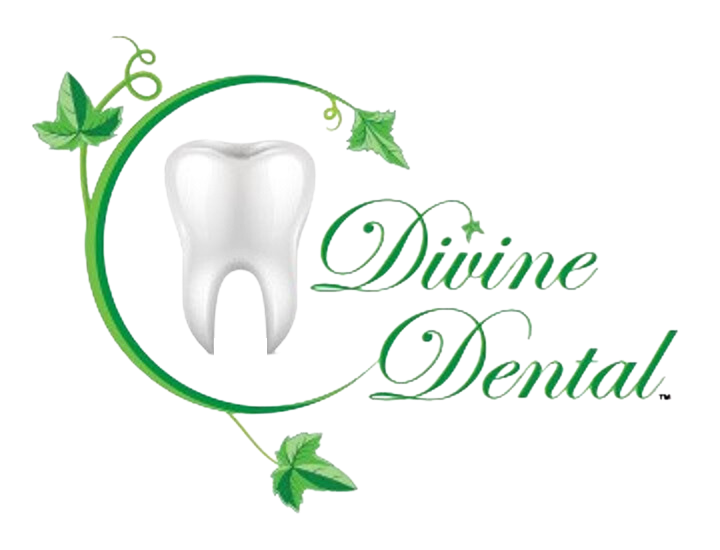Innovations in Dental Care: Exploring the Impact of Teledentistry and Advanced Imaging Techniques
The landscape of dental care has witnessed significant transformations, introducing advanced technologies that are changing the way dental professionals diagnose, treat, and engage with patients. Teledentistry has emerged as a pivotal innovation, particularly in increasing access to care, allowing for consultations and follow-ups to occur remotely. This has proven especially important for underserved populations and in scenarios where in-person visits are not feasible.

Advancements are not limited to patient interaction; they extend to the very core of diagnostic and treatment methods. Sophisticated imaging techniques now provide unparalleled views of the oral cavity, facilitating more accurate diagnoses and personalized treatment plans. Coupled with innovative treatment methods, these technological breakthroughs are streamlining processes, increasing accuracy, and enhancing overall patient outcomes.
Key Takeaways
- Teledentistry is expanding accessibility and convenience in dental care.
- Advanced imaging techniques are improving diagnostics and personalized treatment.
- Technological advancements are enhancing the efficiency and outcomes of dental treatments.
The Rise of Teledentistry
Teledentistry has emerged as a significant innovation in dental care, leveraging telemedicine technologies to enhance patient access to consultation and diagnosis services.
Expanding Access to Care
Teledentistry has notably expanded the scope of dental care by allowing patients in rural or underserved areas to receive attention from dental professionals. By using the internet for consultation, patients who may have limited access to in-office care can receive prompt dental advice. The American Dental Association (ADA) recognizes teledentistry as an essential service that can help broaden access, reinforcing its impact on public health.
Remote Consultations and Diagnostics
In teledentistry, remote consultations take the forefront, offering patients the convenience of discussing their dental issues from the comfort of their homes. Dentists utilize digital communication tools to carry out evaluations, offer a preliminary diagnosis, and determine if in-person treatment is necessary. This modality ensures continuity of care and optimizes the patient experience, while also reducing unnecessary travel and wait times.
Teledentistry During and After the COVID-19 Pandemic
The COVID-19 pandemic accelerated the adoption of teledentistry as essential face-to-face consultations became challenging. Amidst the pandemic, remote consultations served as an effective bridge to ensure continuous dental care, with many practices adopting these measures to comply with social distancing protocols. The integration of teledentistry during this critical time has set a precedent for its use as a long-term component of dental care delivery systems, even beyond the pandemic.
Advanced Imaging and Diagnostic Tools
Advancements in dental imaging technologies have markedly improved diagnostic precision and accuracy in exploring oral and maxillofacial regions. These state-of-the-art tools are pivotal in detecting, planning, and treating dental conditions with greater efficacy.
Precision and Accuracy with 3D Imaging
3D imaging techniques have revolutionized dental diagnostics by providing detailed visual representations of the teeth and surrounding structures. These imaging technologies offer a three-dimensional view that is essential for accurate diagnosis and treatment planning. Artificial Intelligence (AI) algorithms have been integrated with 3D imaging to further enhance the diagnostic process, making it possible to examine minute details with high precision.
Cone Beam Computed Tomography (CBCT) Technologies
- Cone Beam Computed Tomography (CBCT)
has emerged as a cutting-edge technology in dental imaging.
- It offers a synthesized view of the oral and maxillofacial regions , producing radiographic images that surpass traditional two-dimensional X-rays.
- Benefits of CBCT include:
- High diagnostic accuracy: due to the detailed cross-sectional views.
- Minimized radiation exposure: tailored to the diagnostic needs while ensuring patient safety.
Augmented and Virtual Reality in Dental Diagnostics
- Augmented Reality (AR) and Virtual Reality (VR) are the forefront of innovation in dental diagnostics, providing immersive experiences and interactive visualizations.
- These technologies enable dentists to:
- Simulate surgical procedures: enhancing their understanding of complex cases.
- Improve patient engagement: through a virtual representation of the dental issues and the proposed interventions.
Innovative Treatment Methods
Innovative treatment methods in dental care have significantly enhanced the efficiency and effectiveness of various dental procedures. These advancements are not only advancing treatment planning but also improving patient comfort and treatment outcomes by employing cutting-edge technologies in laser dentistry, 3D printing, and regenerative medicine.
Laser Dentistry and Patient Comfort
Laser dentistry represents a leap forward in treating dental issues with greater precision and less discomfort for patients. By utilizing focused light beams, dentists can perform a variety of dental treatments , including cavity preparation, gum reshaping, and bacterial reduction during root canals. This technology minimizes bleeding, reduces the need for anesthesia, and accelerates the healing process. Patient comfort is improved as laser treatments typically result in less post-operative pain and swelling.
- Applications:
- Cavity detection and treatment
- Gum contouring
- Periodontal therapy
- Biopsy or lesion removal
3D Printing in Custom Dental Prosthetics
3D printing has revolutionized the field of prosthodontics by providing custom dental prosthetics with unprecedented speed and precision. Dentists are now able to design and create dental implants, clear aligners, and various orthodontic devices tailored to the patient’s unique anatomy. The use of biocompatible materials in 3D printed dental prosthetics ensures compatibility with body tissues and promotes better integration with the patient’s own oral structures.
| 3D Printing Applications | Details |
|---|---|
| Dental Implants | Customized for perfect fit and integration |
| Clear Aligners | Tailored for individual orthodontic treatment |
| Crowns and Bridges | Produced with high accuracy and durability |
Regenerative Dentistry Using Stem Cells
Regenerative dentistry is a promising field that employs stem cells to repair and regenerate damaged teeth and oral tissues. This approach can potentially lead to groundbreaking treatments in dental care, such as growing new tooth material or treating periodontal disease by regenerating bone and gum tissue. With the power of regenerative medicine, the future of dental treatments looks towards a truly restorative approach rather than merely corrective.
- Focus Areas:
- Tooth regeneration
- Bone and gum tissue healing
- Development of bioengineered teeth
The integration of these innovative treatment methods into dental practices showcases the ongoing evolution of the dental field, driven by technological advancements and a commitment to patient-centered care.
Improving Oral Health with AI

Artificial Intelligence (AI) is transforming dental care by enhancing early detection, patient education, and predicting treatment outcomes. These developments lead to more efficient and effective patient care.
AI in Early Detection and Preventive Care
AI-powered tools are revolutionizing the early detection of oral diseases. AI algorithms can analyze dental images with high accuracy, spotting signs of gum disease , dental caries , and oral cancers that may be missed by the human eye. For instance, routine screening can be supplemented with AI to identify abnormalities in dental X-rays, making it a valuable tool for preventive measures.
Enhancing Patient Education and Engagement
AI contributes to oral health by providing patient-centric education. Customized AI chatbots can field patient queries, offering information on maintaining oral hygiene. The use of interactive and visual AI tools educates patients about treatment plans, thereby enhancing their engagement and understanding of oral health maintenance.
AI Algorithms for Predicting Treatment Outcomes
The ability to predict outcomes of dental treatments is another significant milestone AI technology is reaching. By analyzing past treatment data, AI algorithms can forecast the success rate of various procedures, such as implants and braces. This predictive approach facilitates more informed decision-making, reducing the risk of complications and ensuring better patient care.
Comprehensive Education and Training for Dental Professionals
In the ever-evolving field of dental care, dental education plays a critical role in equipping professionals with the necessary skills and knowledge. Dentists and supporting personnel receive comprehensive training that includes both theoretical knowledge and practical applications. The focus extends beyond rudimentary practices, as advanced imaging techniques and teledentistry become integral to modern dentistry.
Key Areas of Training
- Consultation and Patient Engagement : Dentists learn to conduct thorough consultations, ensuring effective patient engagement which leads to better dental diagnostics and outcomes .
- Procedures : Training on a broad spectrum of dental procedures is essential, from basic care to complex surgeries, fostering a holistic approach to oral health.
- Pediatric Dentistry : Specialized training in pediatric dentistry prepares professionals for the unique challenges in caring for children’s oral cavity .
- Radiograph Interpretation : Mastery in interpreting radiographs is crucial for accurate screening and improved treatment planning .
Technological Proficiency
- Modern dental diagnostics rely on precise imaging and innovative techniques. Thus, proficiency in these technological tools is a critical component of dental instruction.
- Research and Development : Dental professionals engage in continuous research , staying abreast of the latest advancements to provide cutting-edge care.
Outcomes and Healthcare Integration
- Training programs emphasize the importance of achieving positive outcomes and integrating dental care within the broader spectrum of healthcare .
- Screening for oral diseases is also a significant part of the curriculum, reinforcing the prevention-first paradigm in dentistry.
Through such comprehensive education, dental professionals are equipped to provide high-quality care, leveraging advanced technologies and methods for the benefit of their patients.
Frequently Asked Questions
This section addresses common inquiries about the latest developments in dental care, focusing on teledentistry and advanced imaging technologies.
What are the most significant impacts of teledentistry on modern dental practices?
Teledentistry has expanded access to care, allowing patients in remote areas to consult with dentists. It has streamlined the diagnostic process, making it convenient and cost-effective.
How do current trends in teledentistry enhance patient care?
Current teledentistry trends prioritize patient-centric care by providing real-time consultations, personalized treatment plans, and improving patient engagement through educational resources.
How does the accuracy of teledentistry compare to traditional in-office consultations?
Recent studies indicate that teledentistry can be as accurate as in-person visits for initial consultations and assessments, provided that high-quality digital equipment is used.
What does the future hold for the integration of teledentistry into comprehensive dental care?
The future of teledentistry lies in its full integration into routine dental care, complemented by in-office treatments, and further improvement of patient-doctor communication technologies.
How have recent advances in dental imaging technology improved diagnostics?
Advanced imaging technologies provide high-resolution images that are crucial for accurate diagnosis, enabling earlier detection of conditions and better treatment planning.
What are some groundbreaking innovations in restorative dentistry?
Innovations in restorative dentistry include the development of durable, aesthetically pleasing materials, and techniques such as 3D printing for more precise and personalized dental prosthetics.…



